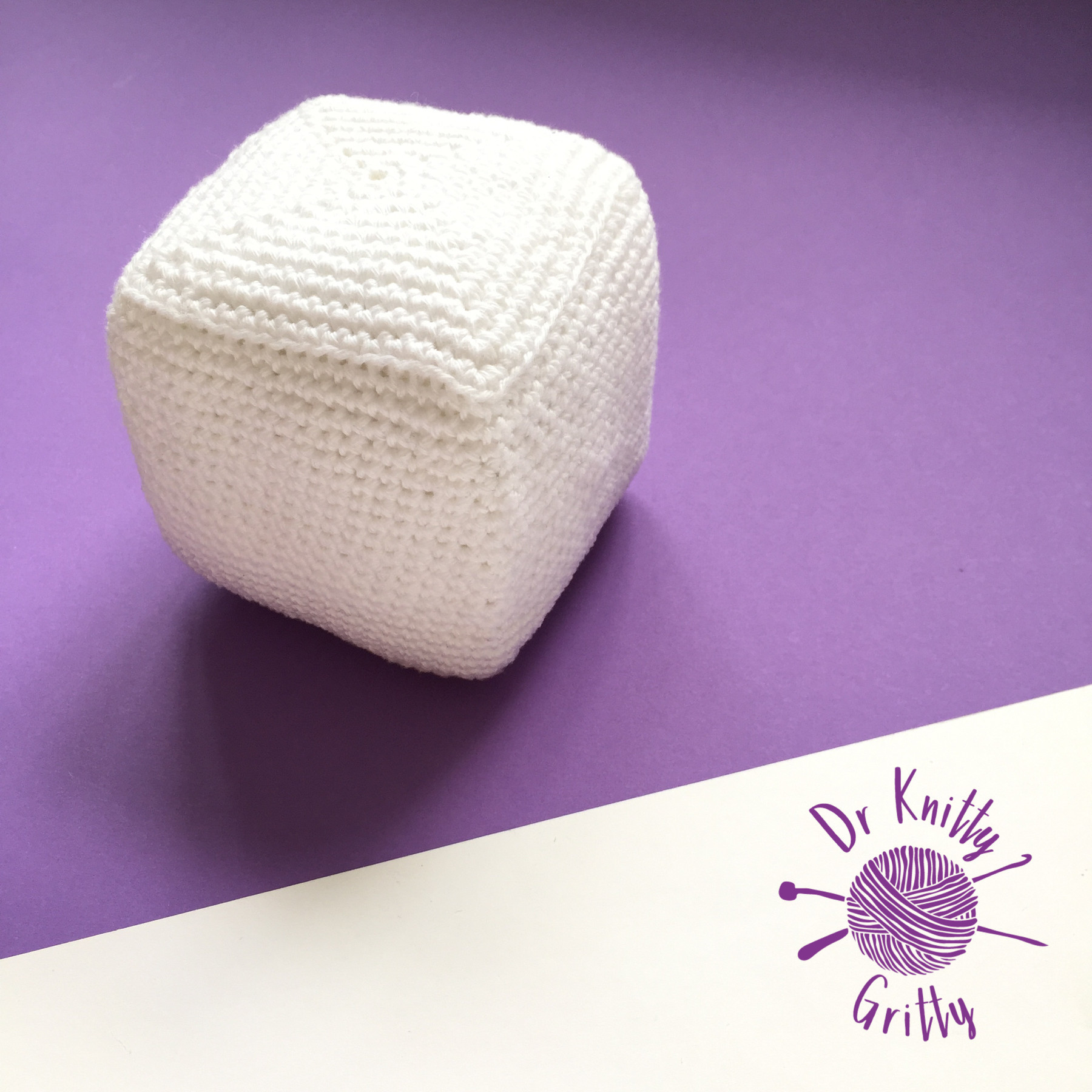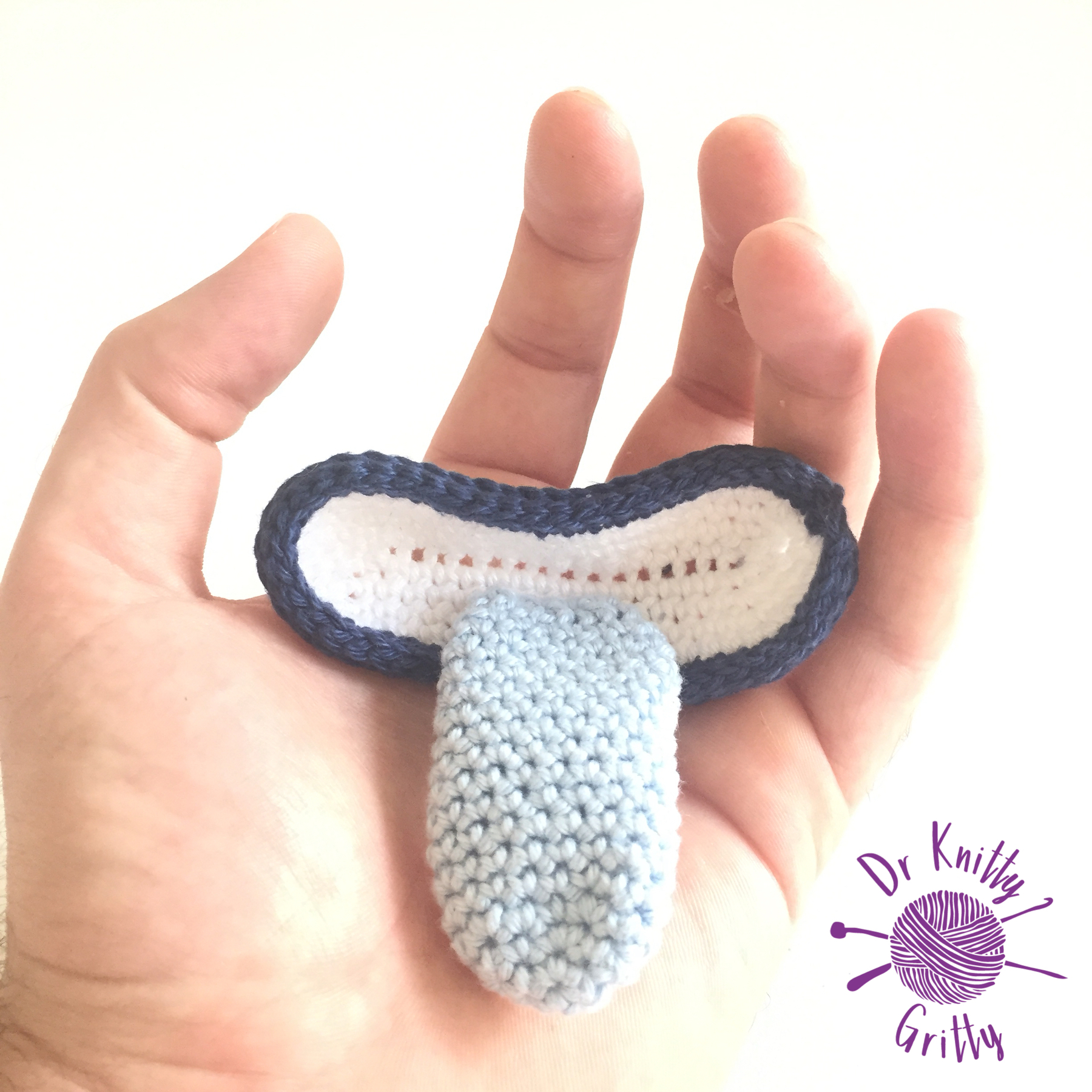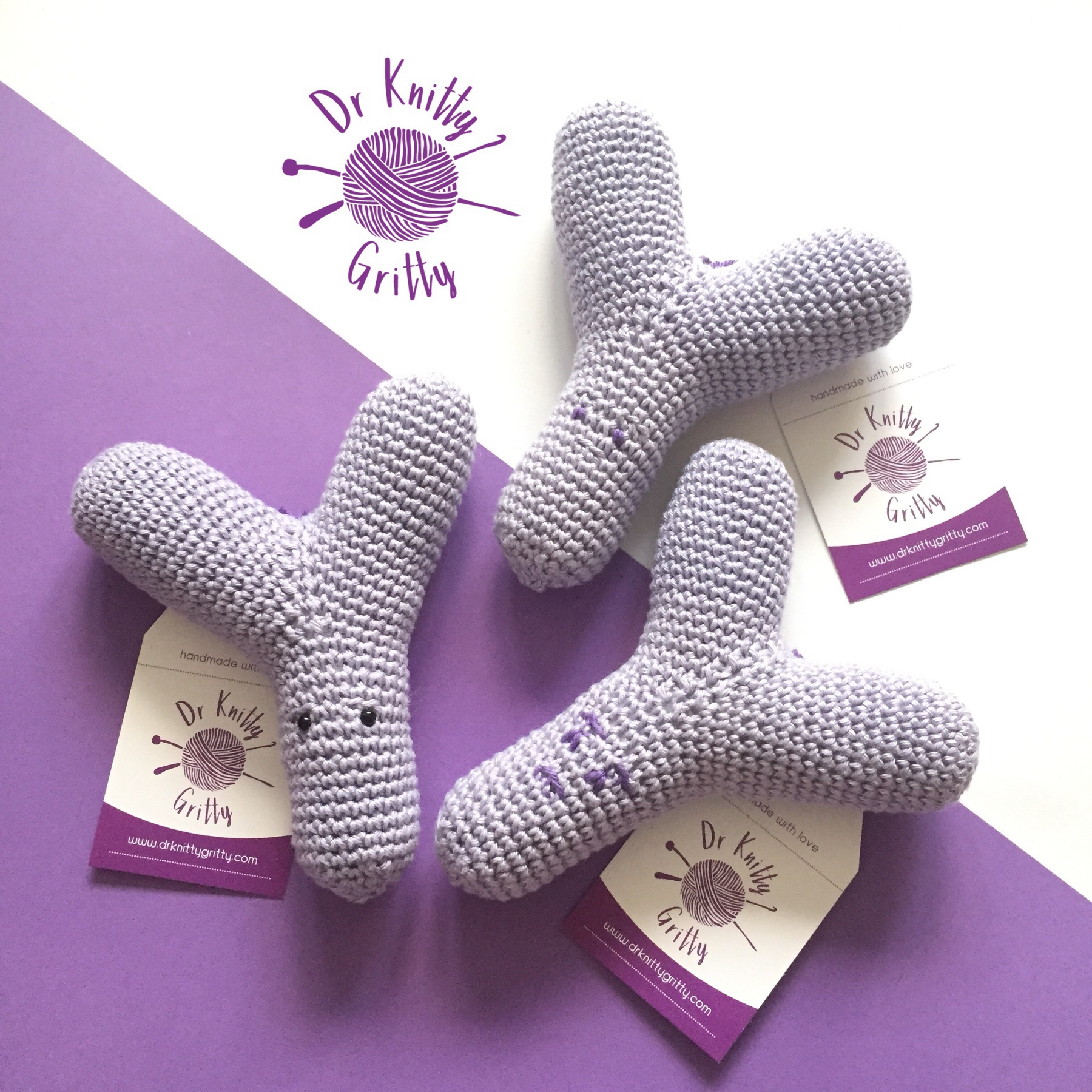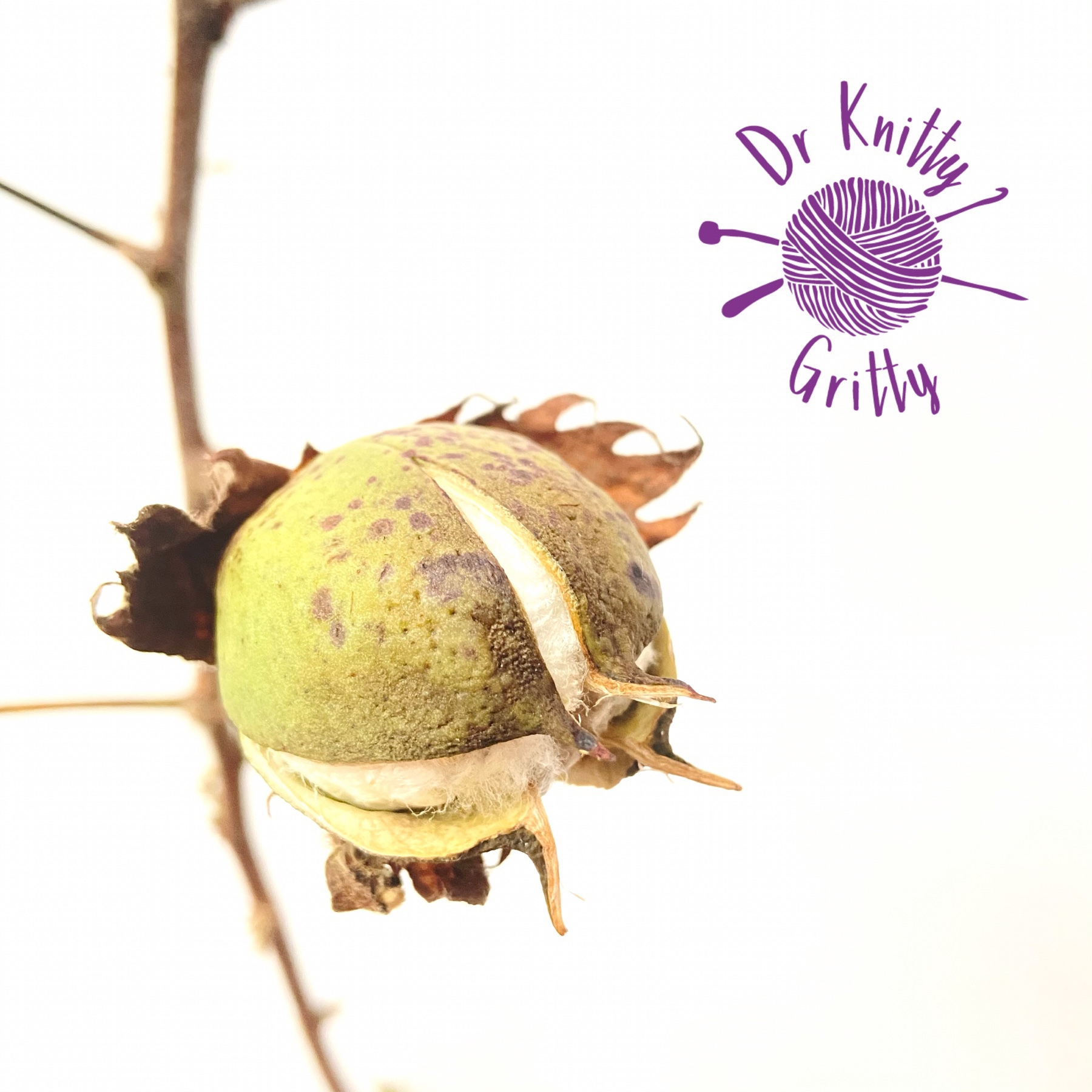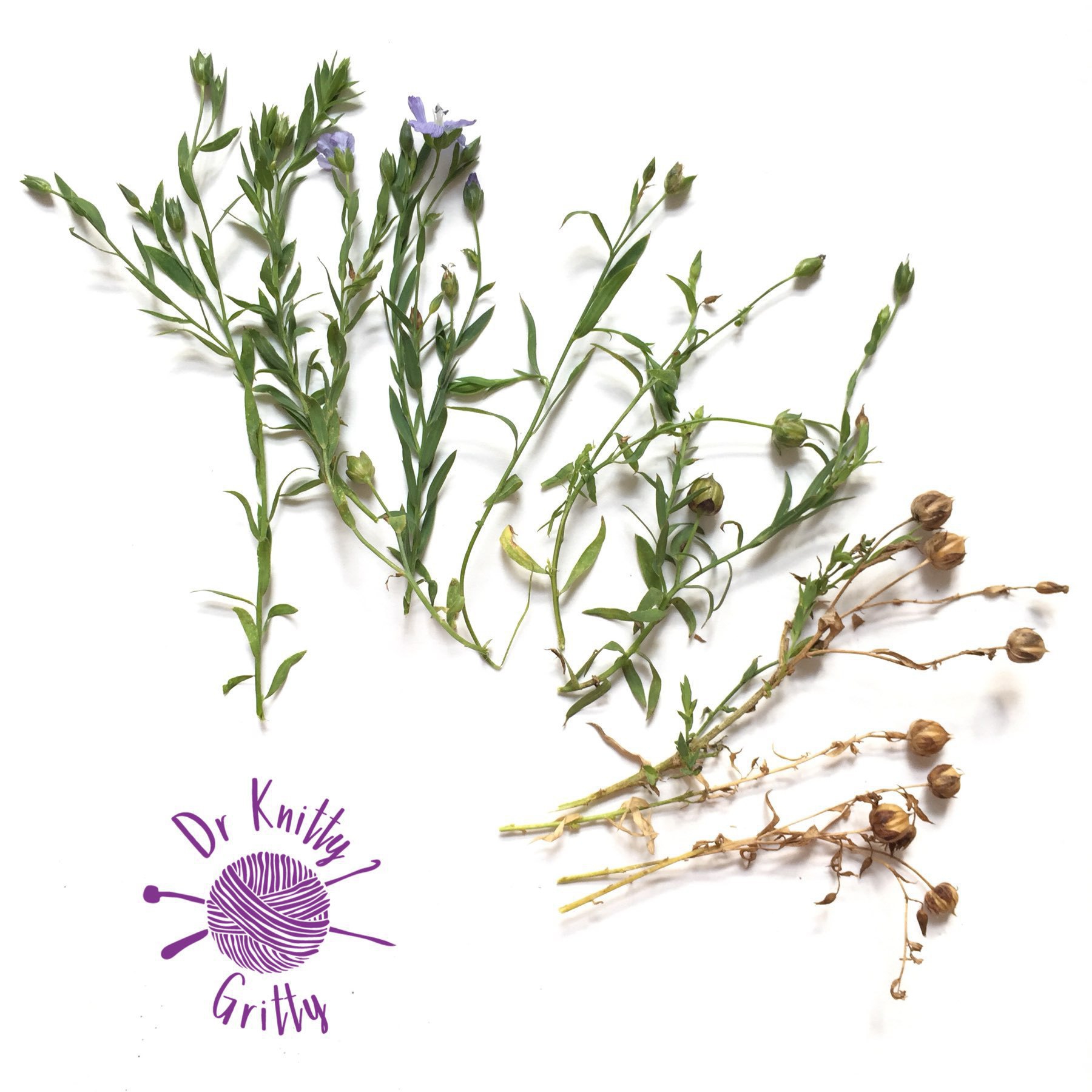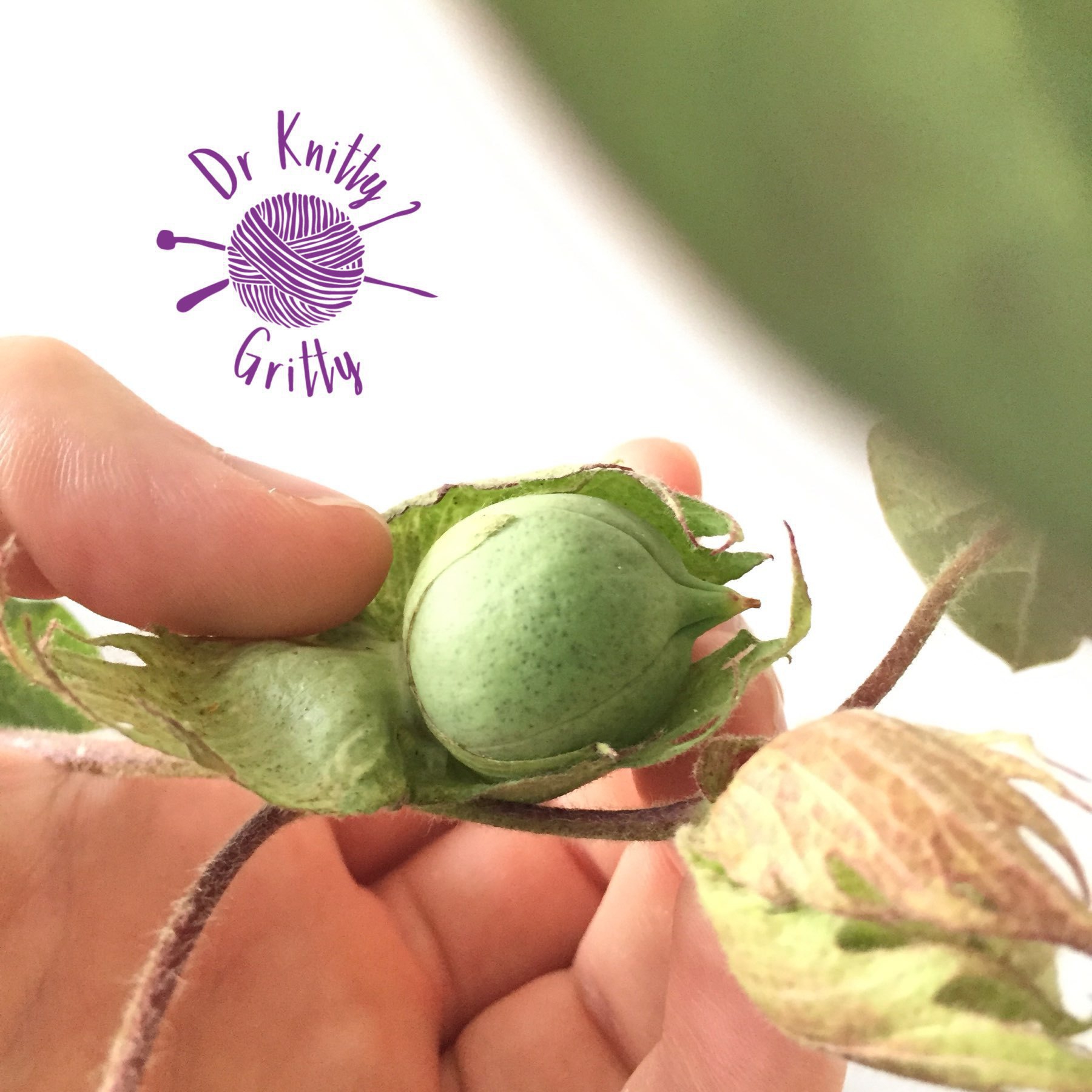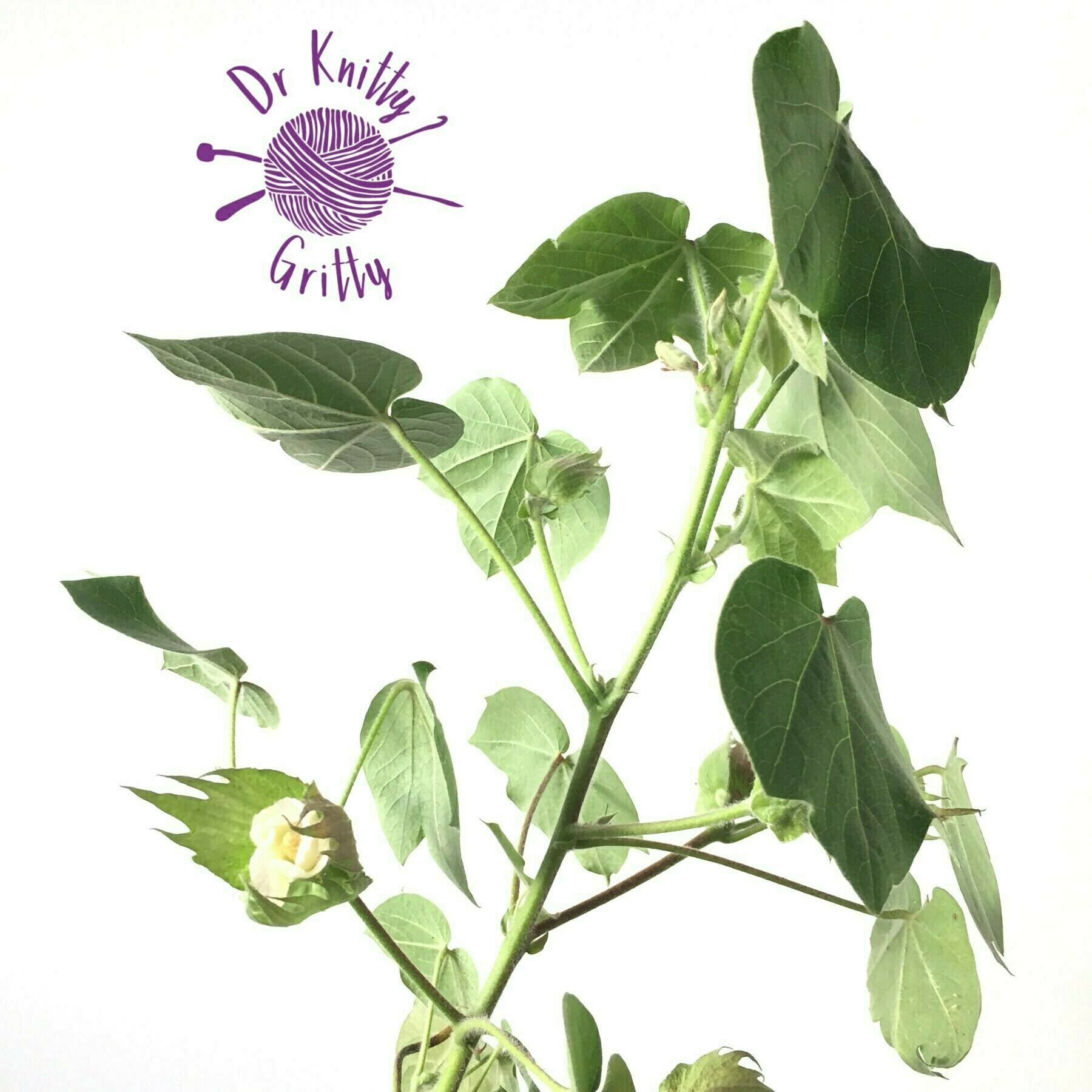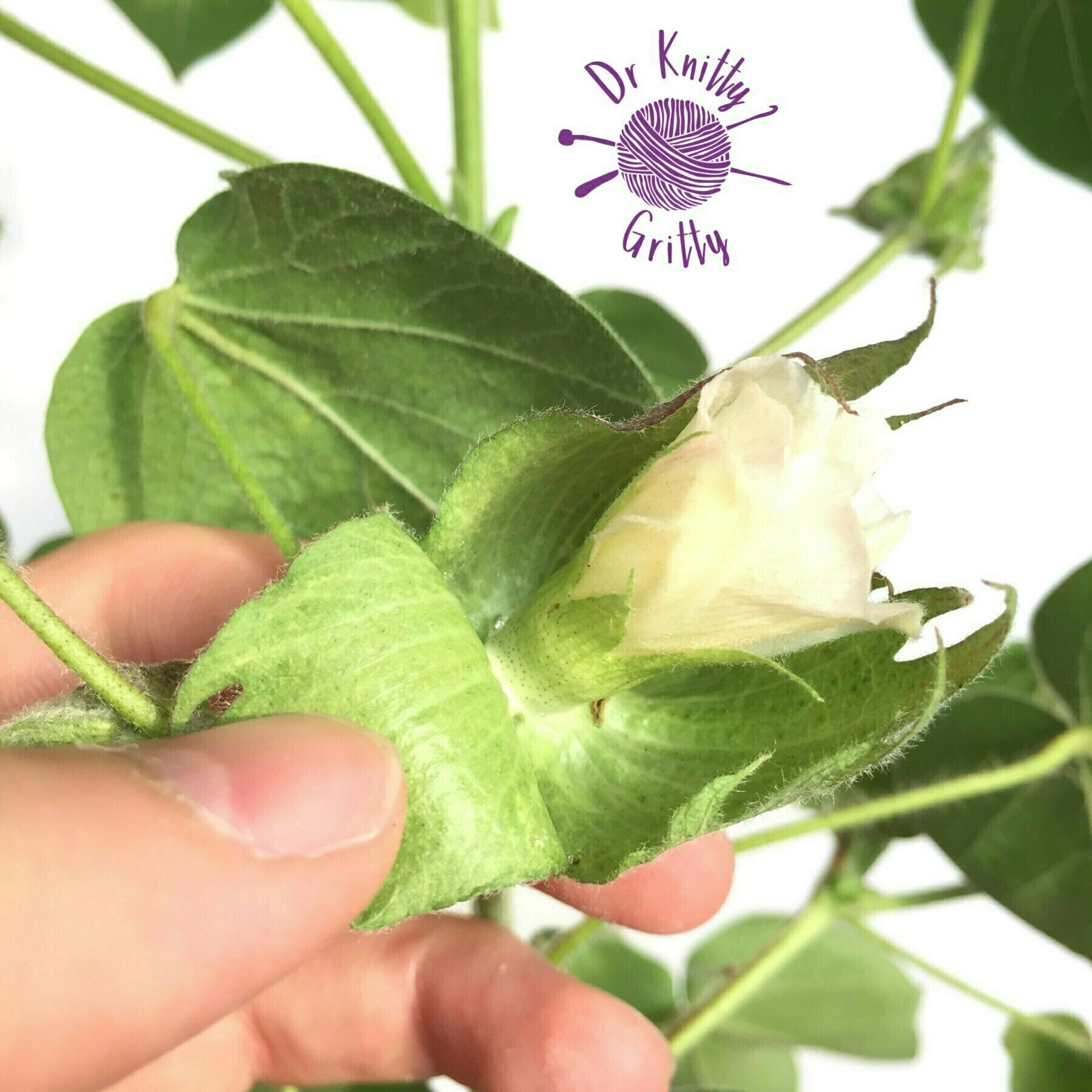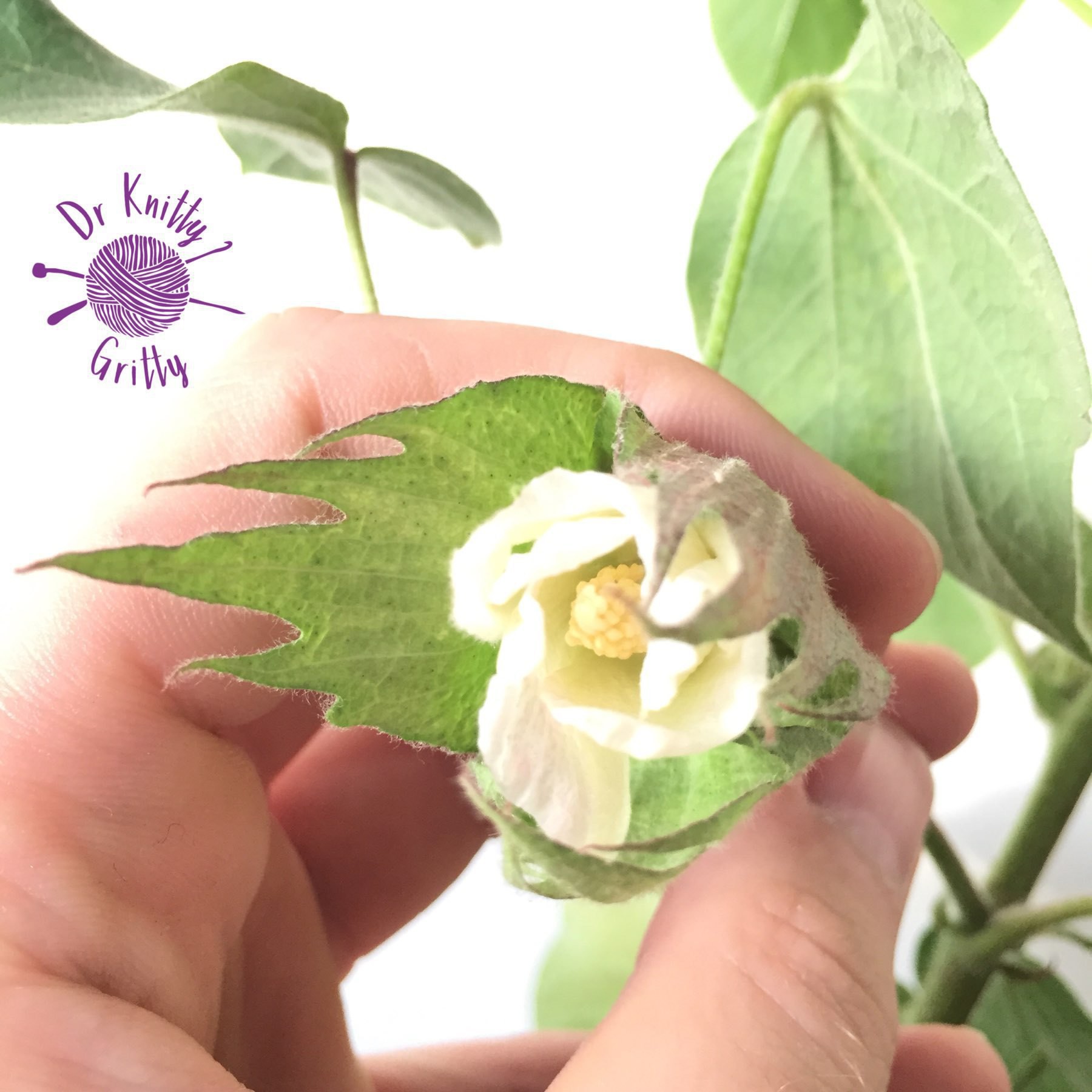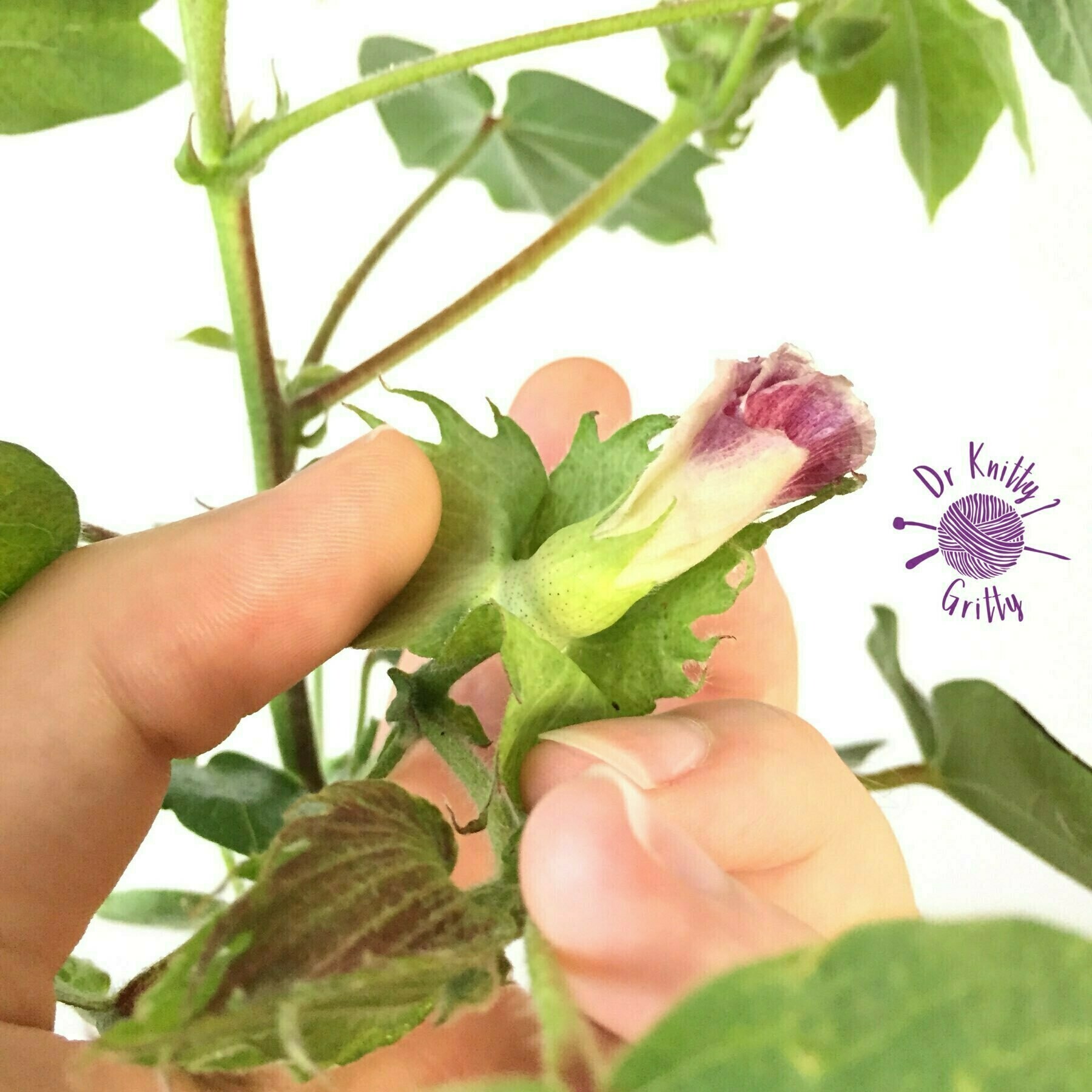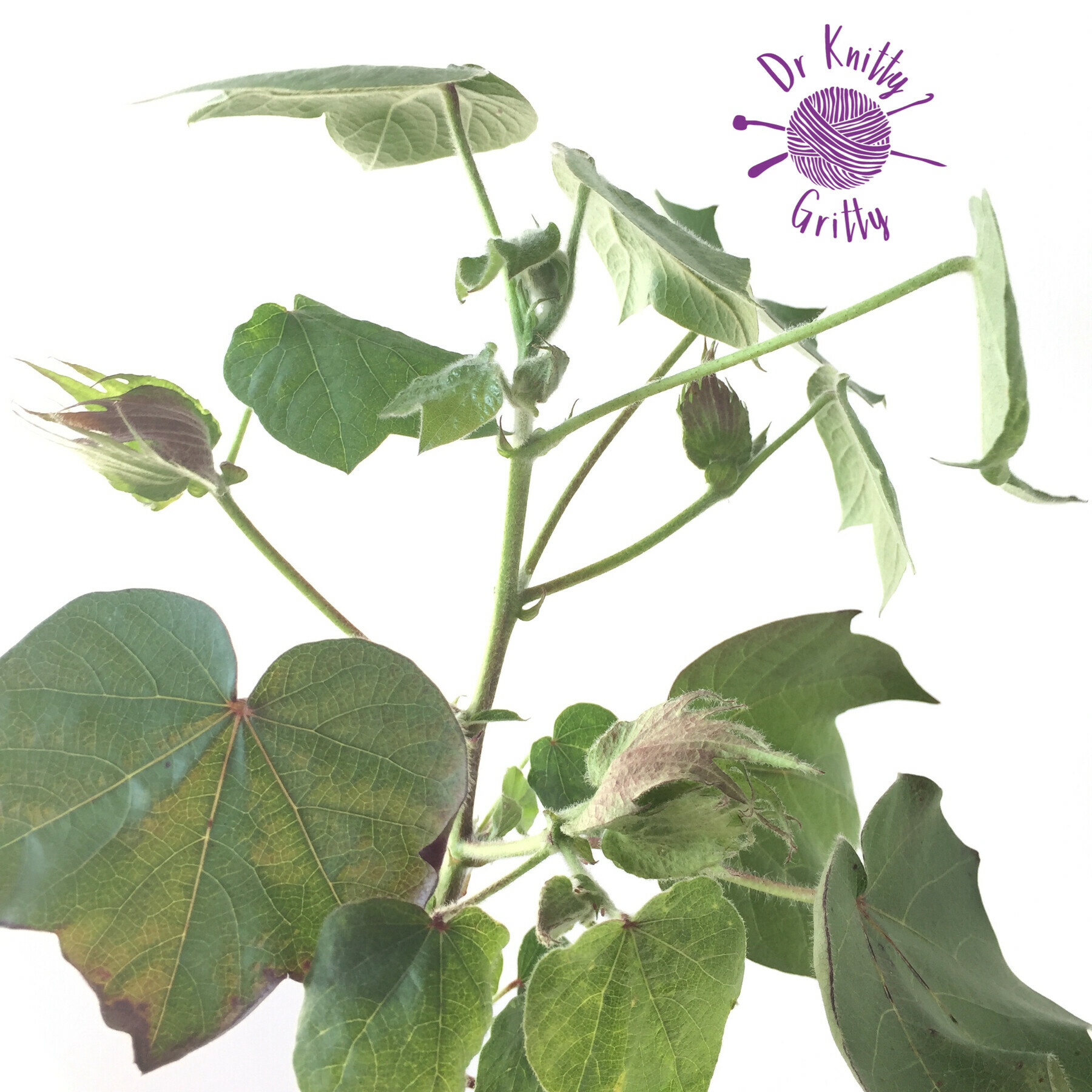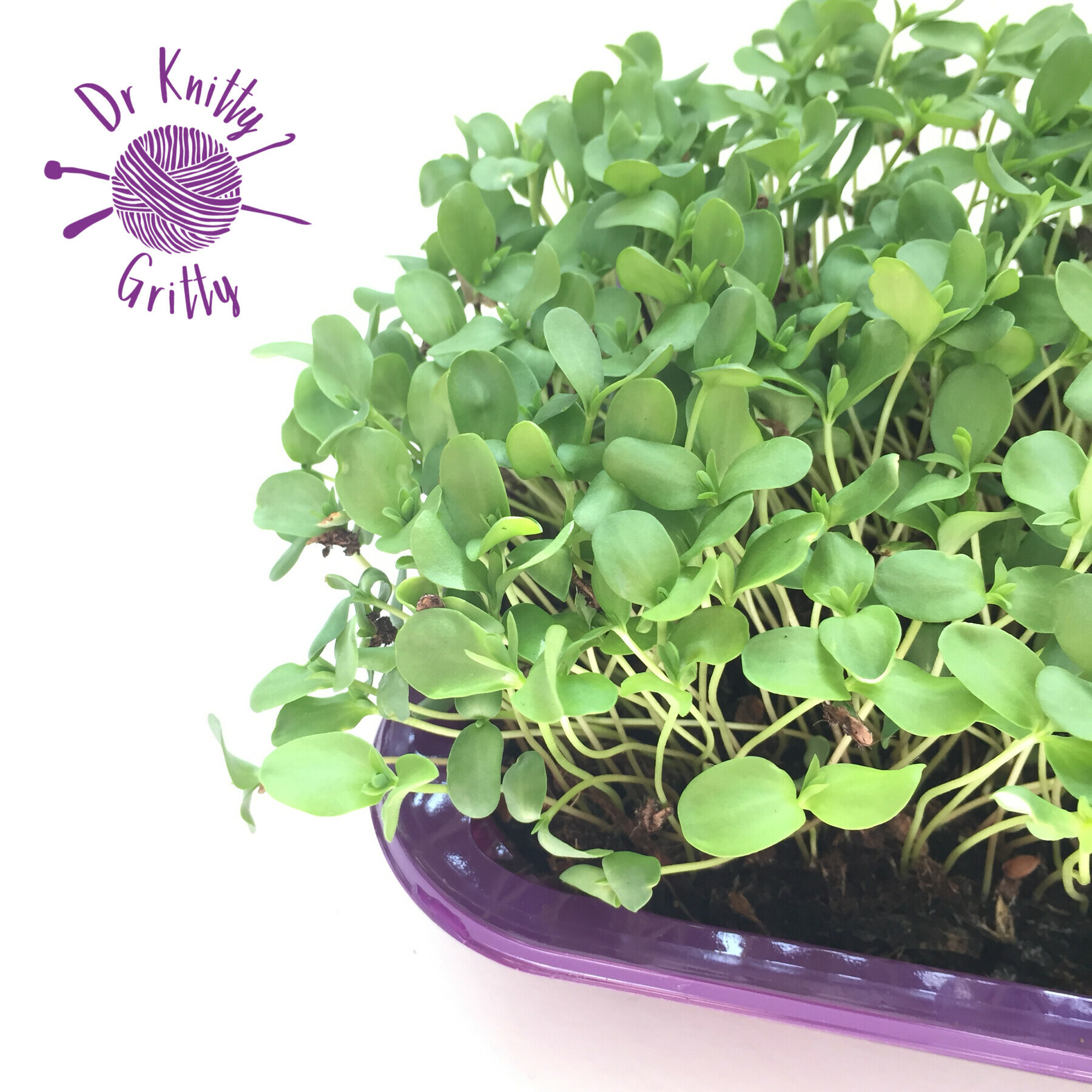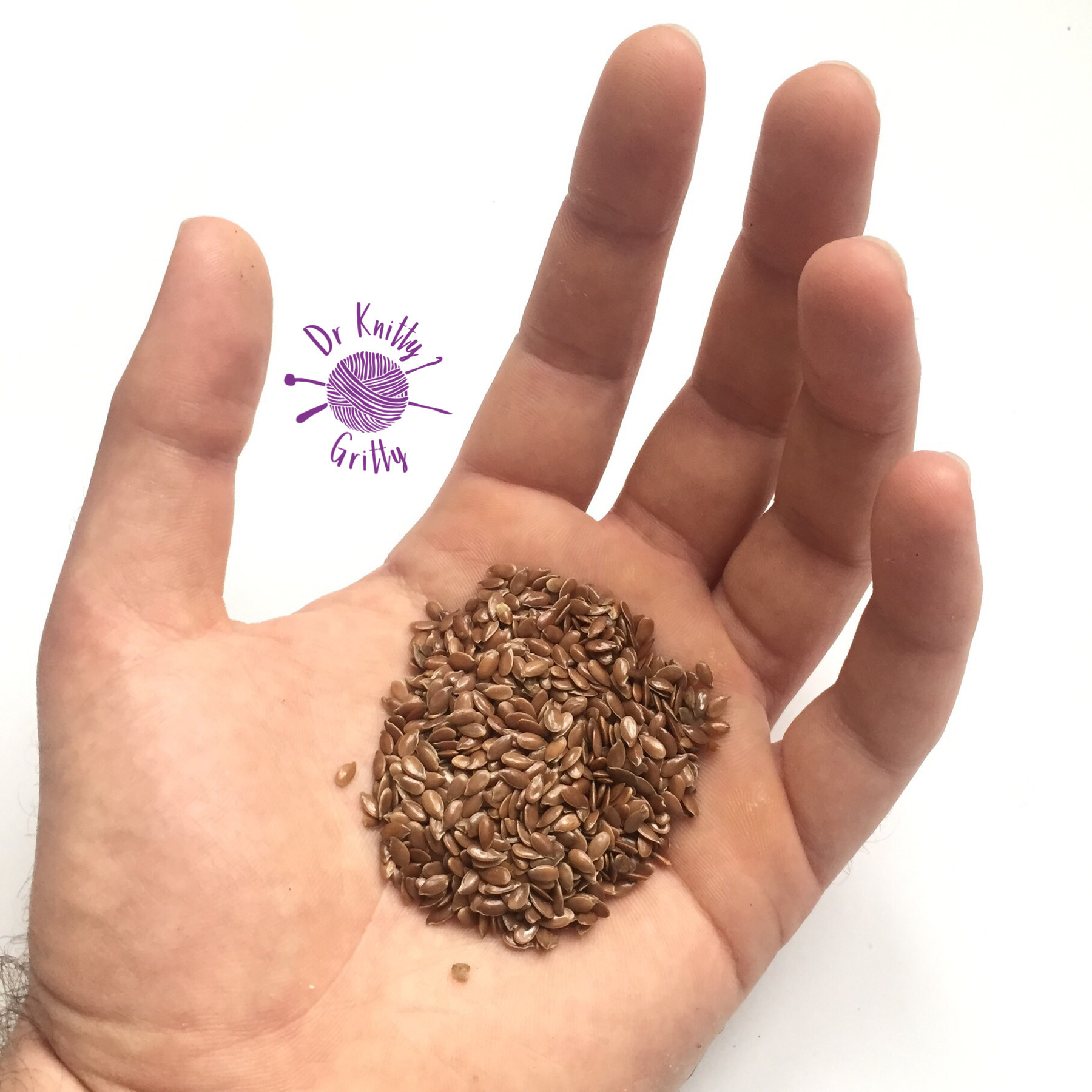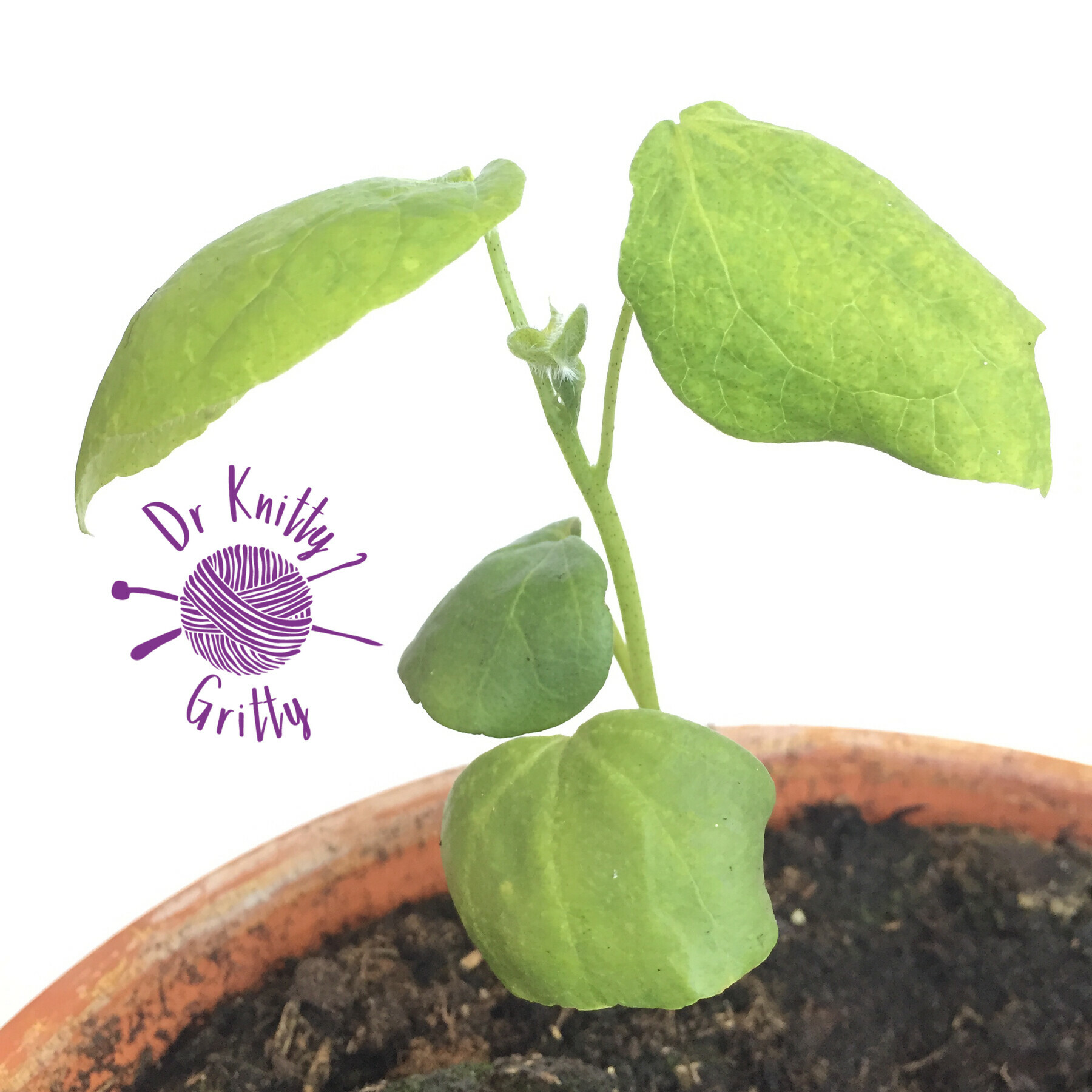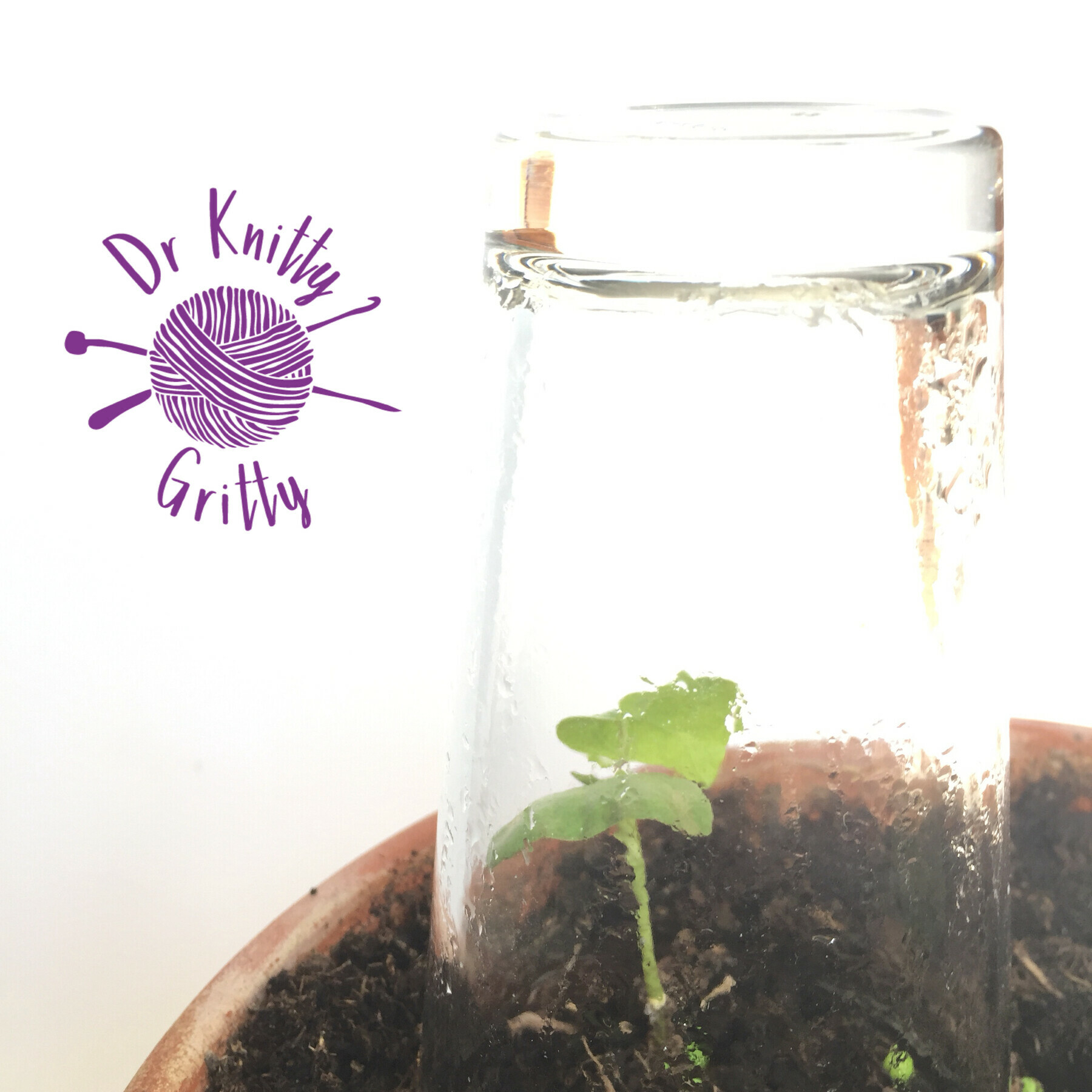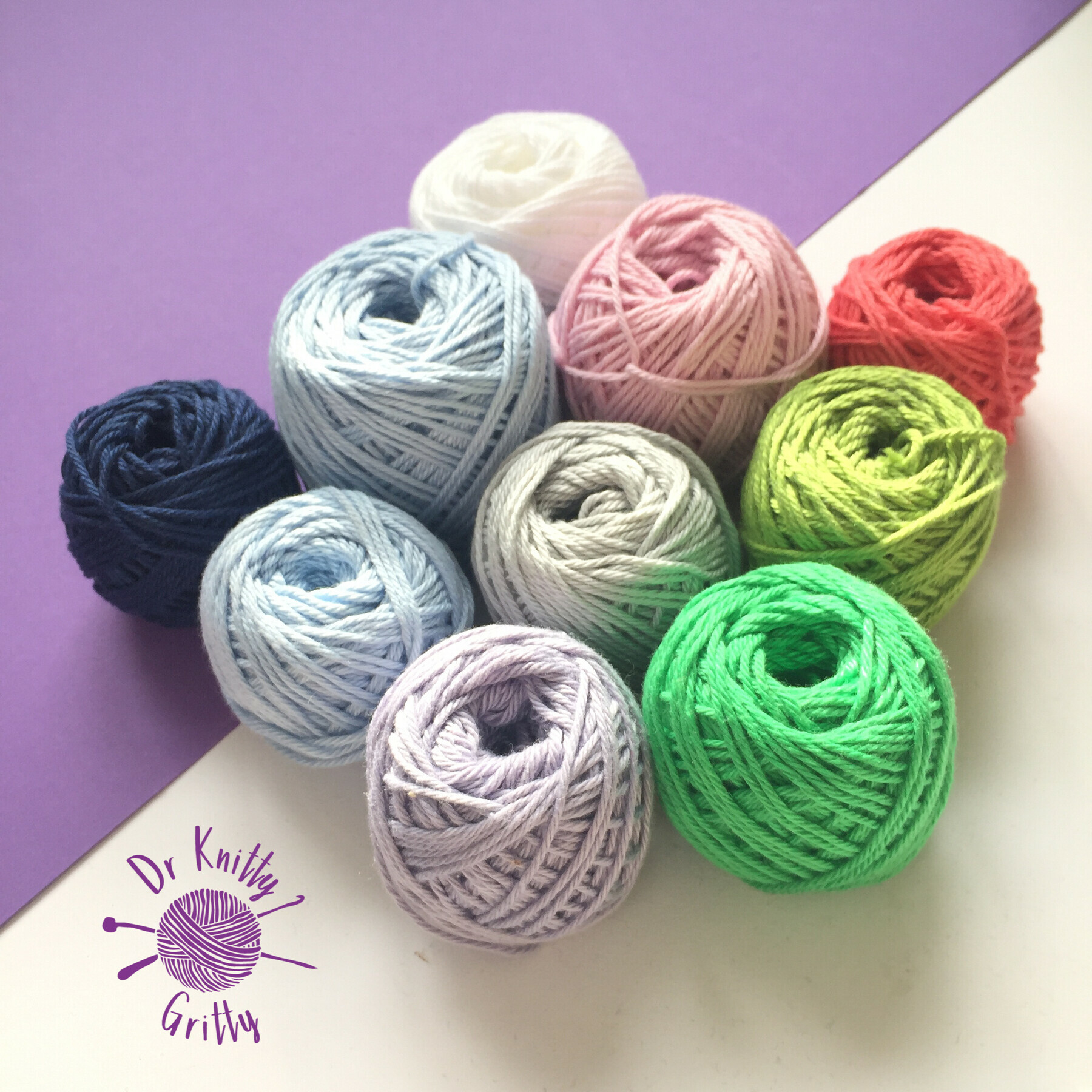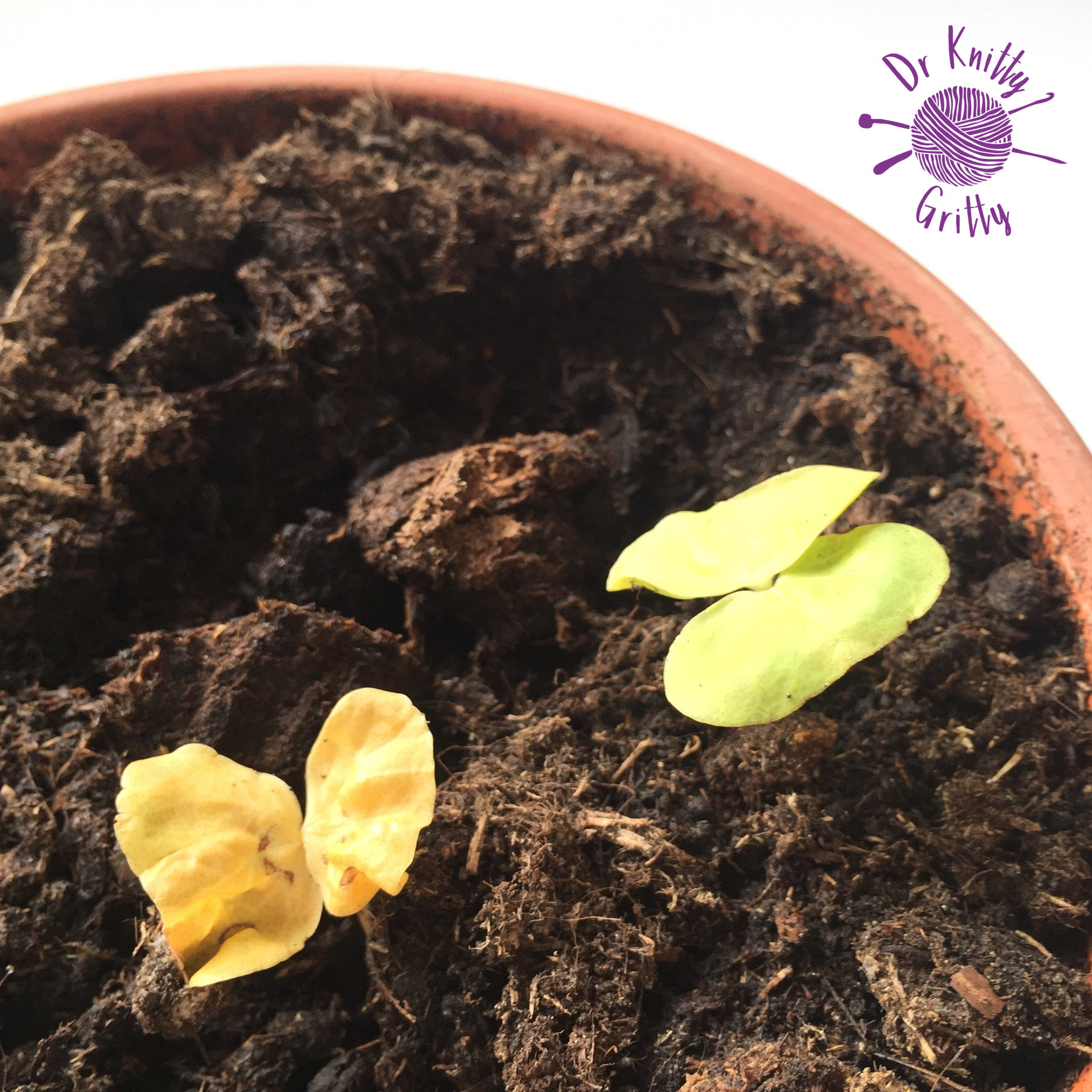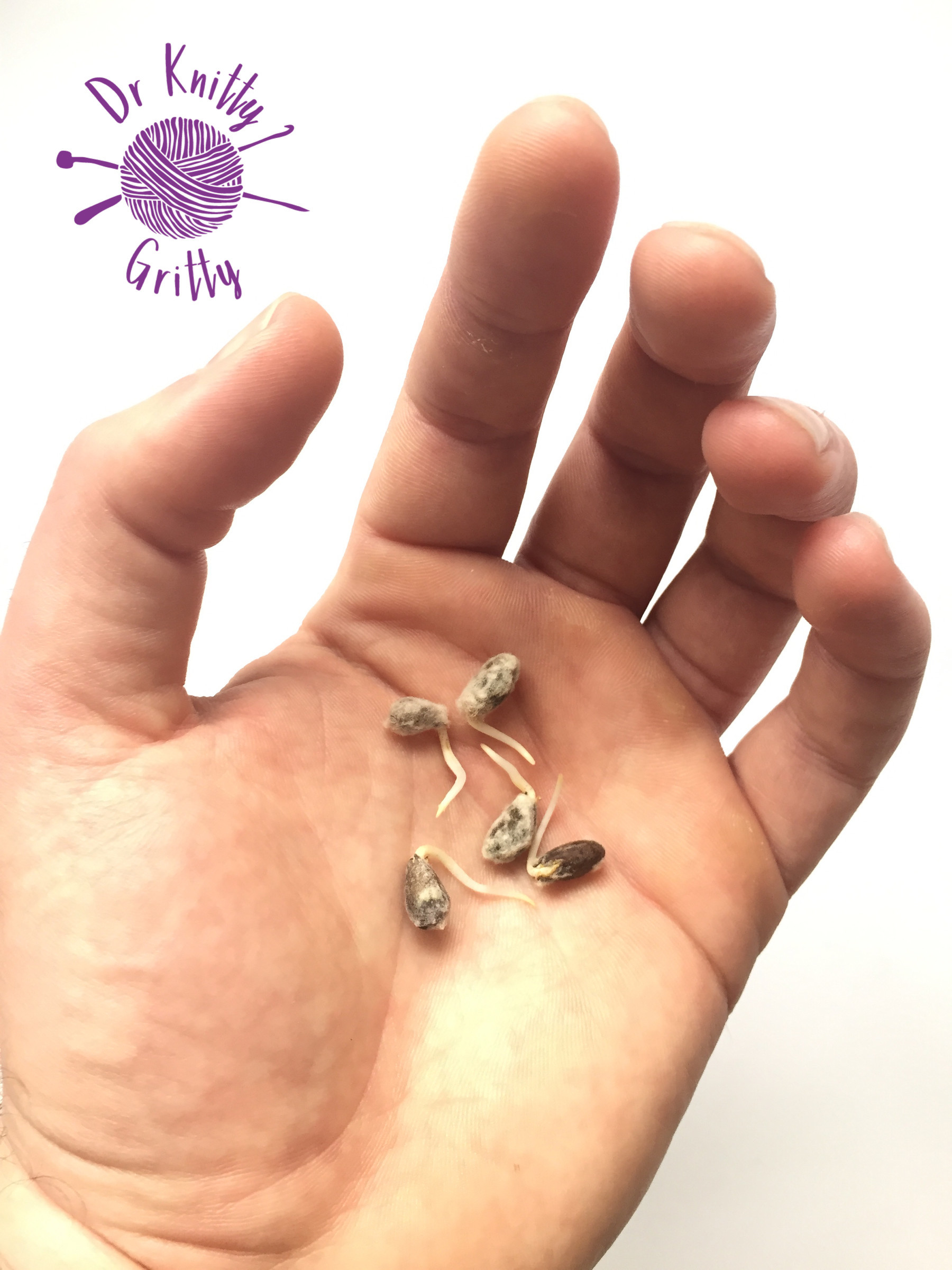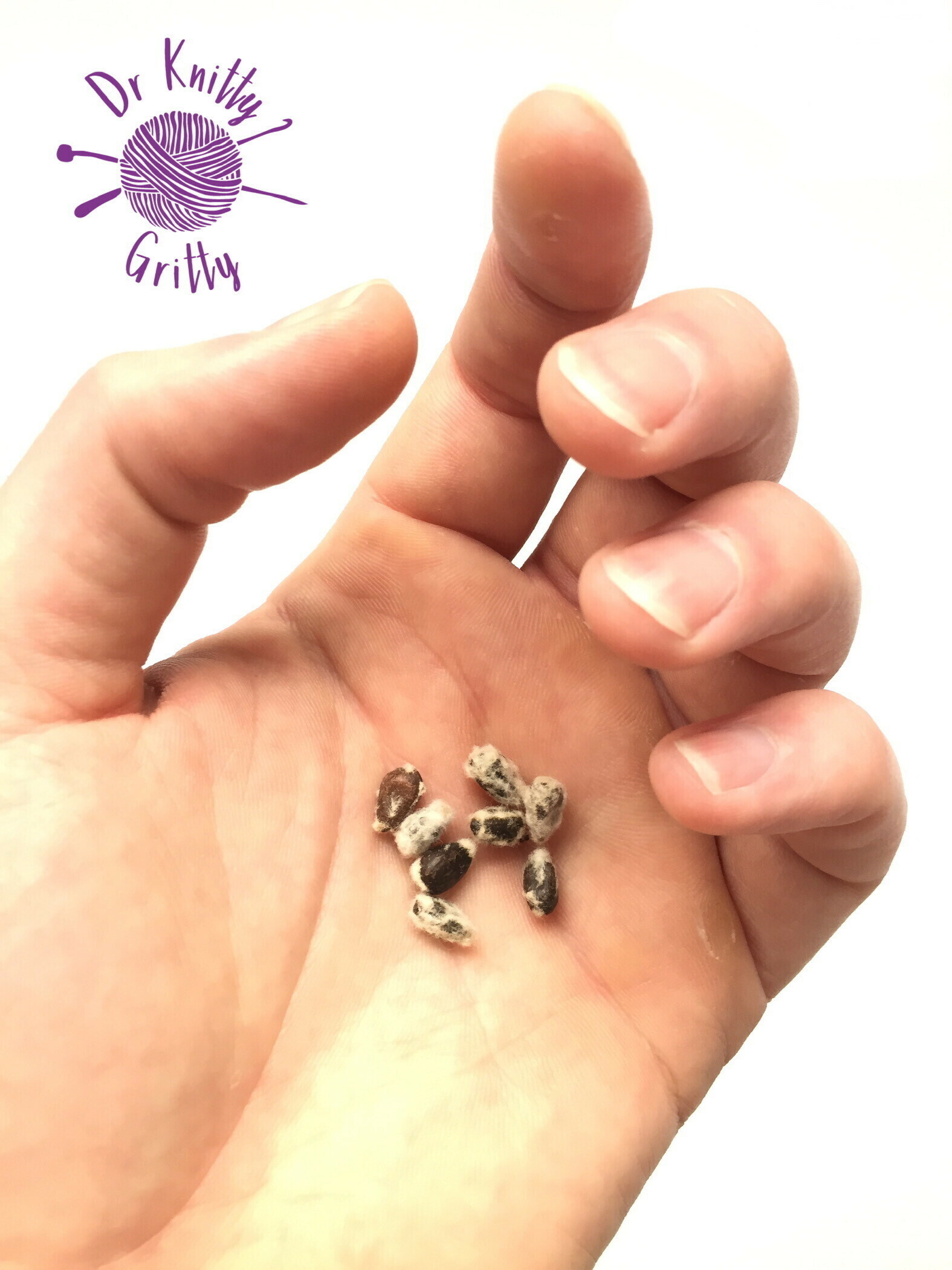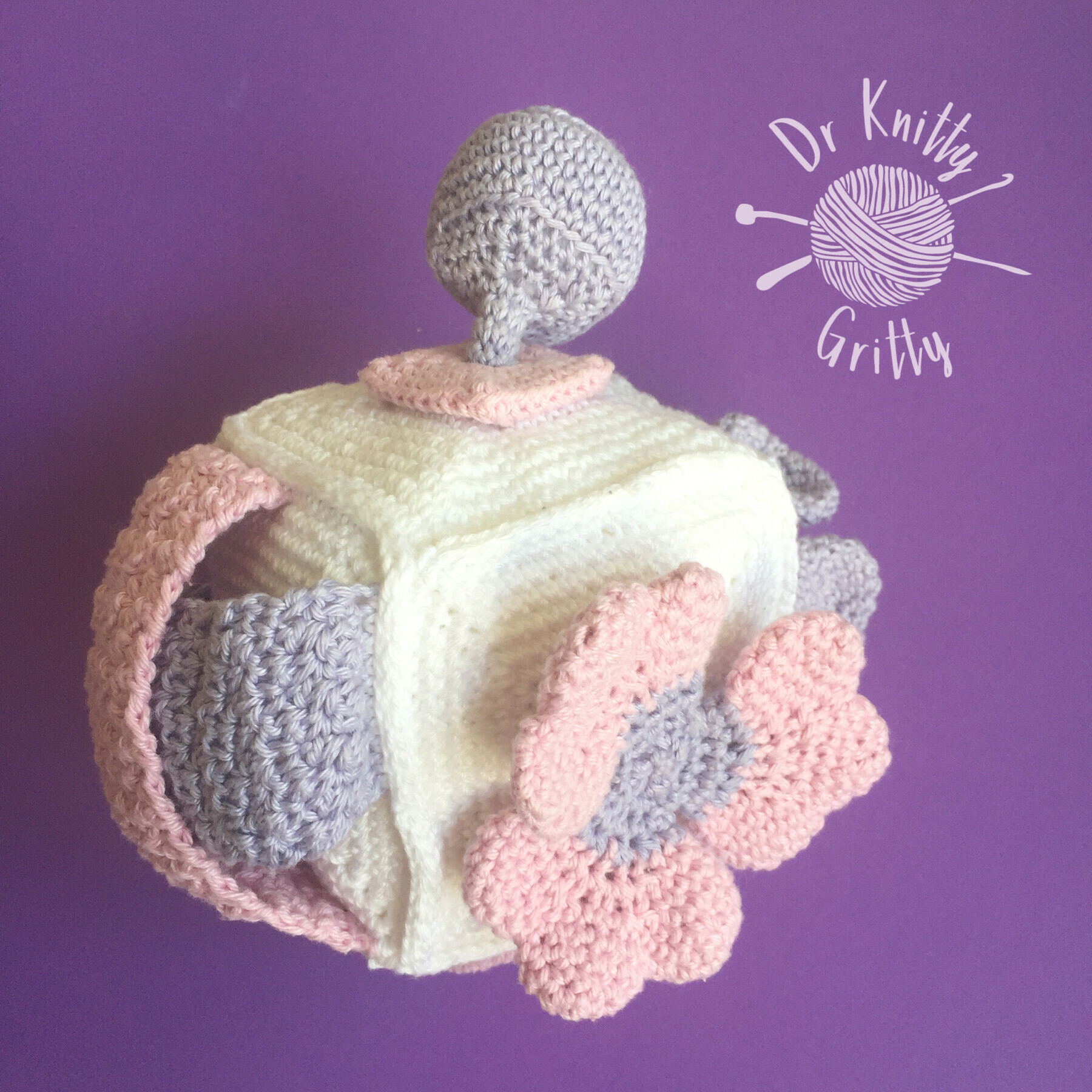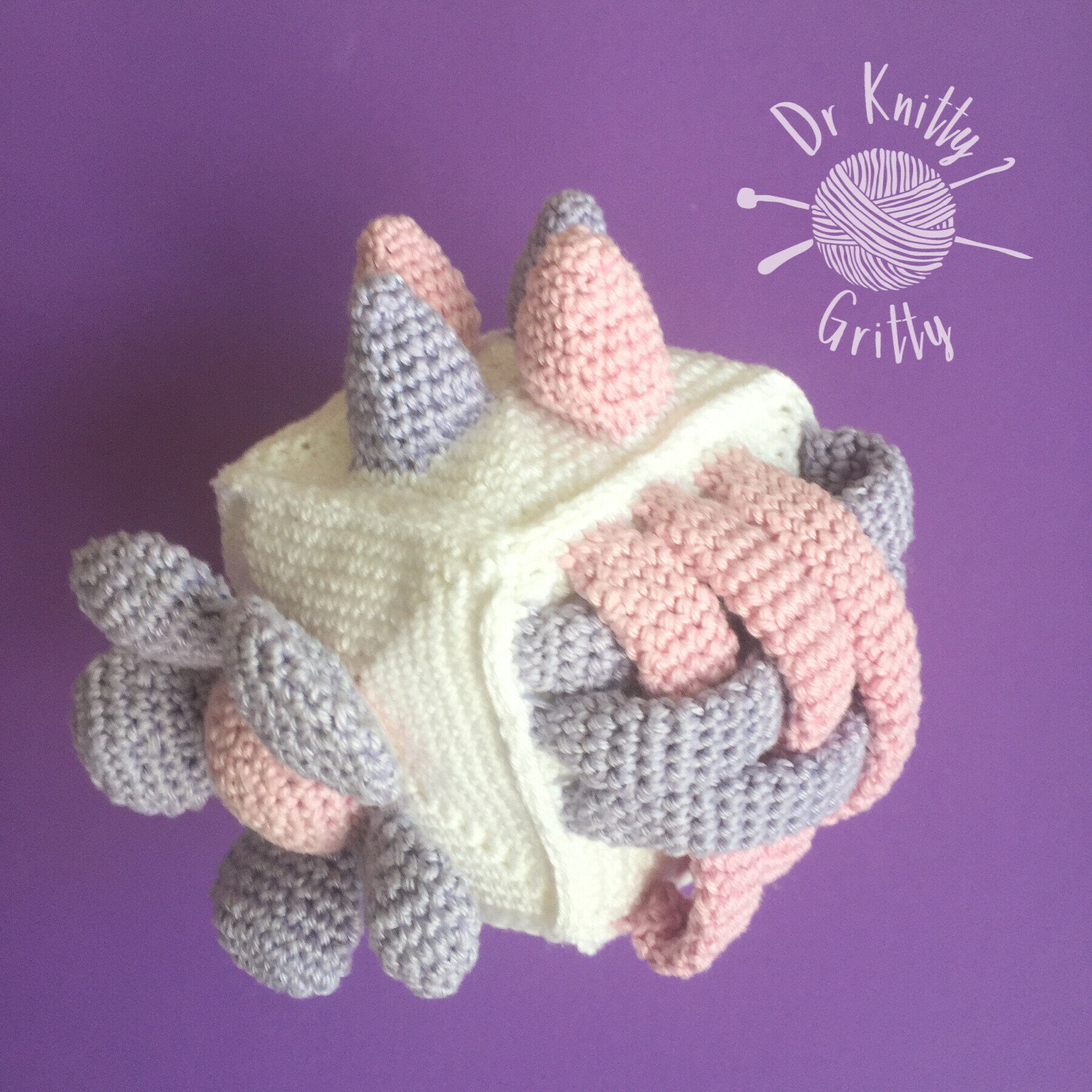Crocheting a decently shaped can be quite a problem if regular filling, such as polyester or, preferably, natural fibers such as wool or cotton are used as the cube would almost turn into a sphere. In addition, I am find it important to use as less synthetic fibers as possible to avoid any spillage of persistent fibers from my creations into the environment and cause harm to our fellow earth inhabitants. To circumvent the need for regular filling and at the same time maintain a cube shape, I started with a tiny cube and added subsequent larger cubes around it to form a sort of matroesjka cube. In the end, 19 layers were necessarily to obtain a sufficient size cube that will be the ‘filling’ of the child playing dice.
